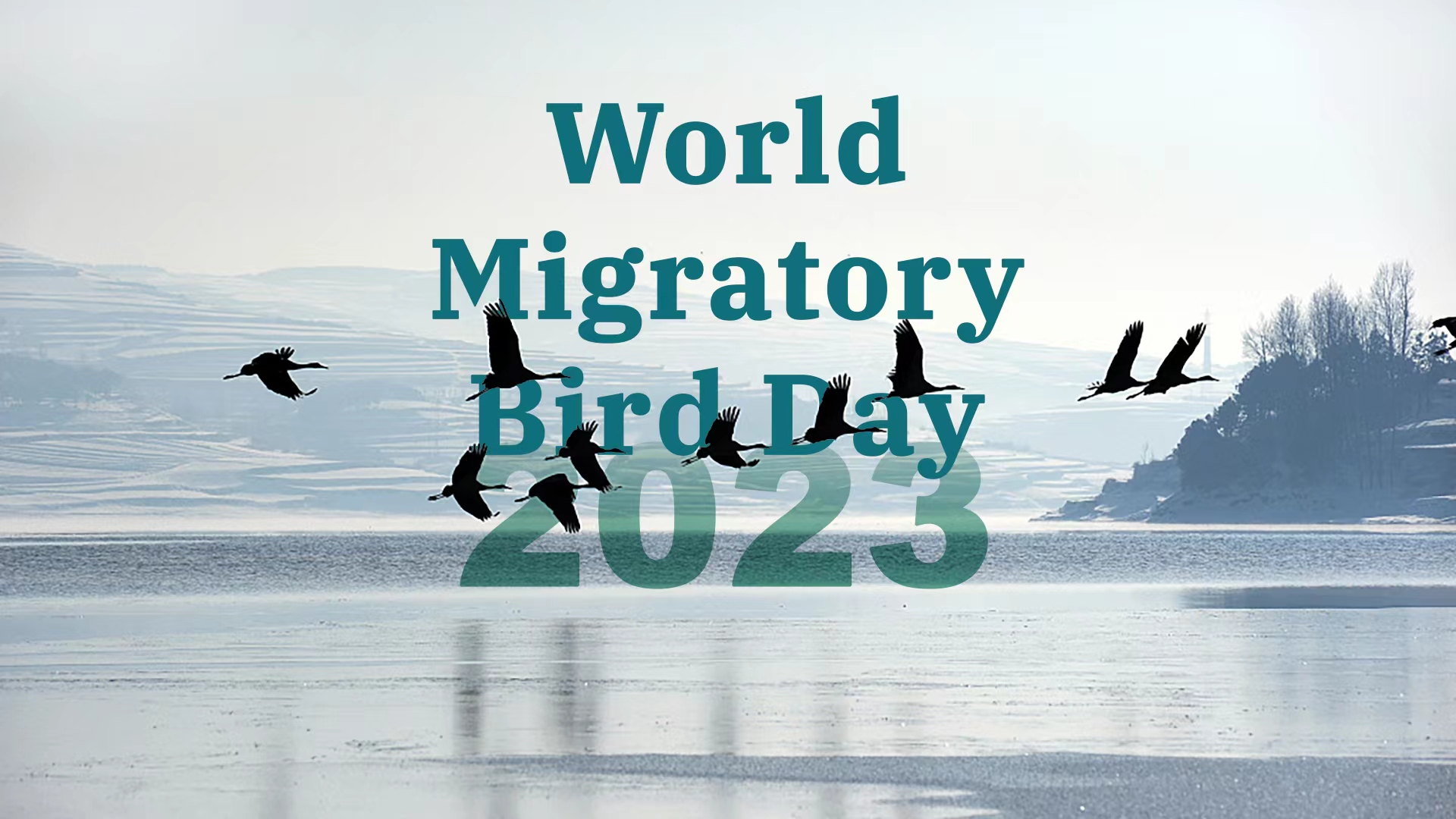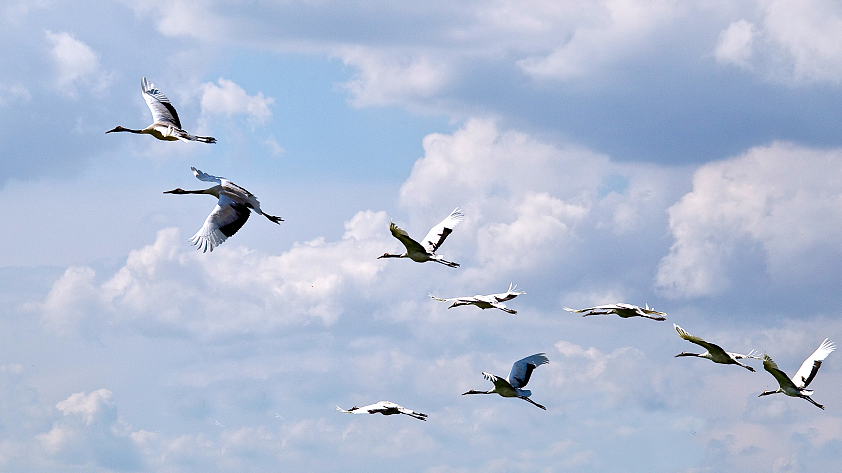
The second Saturday in May is the World Migratory Bird Day. This year will focus on the topic of water and its importance for migratory birds.
Water is fundamental to life on Earth. The vast majority of migratory birds depend on aquatic ecosystems during their life cycle. Inland and coastal wetlands, rivers, lakes, streams, marshes and ponds are important places where they feed, drink or nest, and where they rest and recharge during their long journeys.
Unfortunately, aquatic ecosystems are becoming increasingly threatened around the world, as are the migratory birds that depend on them. Increasing human demand for water, as well as pollution and climate change, are having a direct impact on the availability of clean water and the conservation status of many migratory birds.
The State of the World's Birds report shows that almost half of the world's bird species are declining in number and one in eight are threatened with extinction due to habitat shrinkage, climate change and other factors. In recent years, the international community has taken actions to improve the environment along the migratory routes and help them migrate safely by establishing nature reserves, raising public awareness of conservation and strengthening multilateral cooperation.

To provide safe habitats for migrating birds, the French government has launched several wetland programs. In addition, during the migratory season, green nets have been installed and protected areas designated in many places.
The Royal Society for the Protection of Birds (RSPB) has provided detailed guidelines for installing nests on its website to help UK residents take part in conservation programs for swift. The organization is also working with British property developers to install building blocks with cavities in new houses to facilitate nesting by swift.
China has built a migratory bird protection system. Yang Fengwei, a staff of the National Forestry and Grassland Administration, introduced that in order to protect the four migratory bird migration corridors passing through China, China has identified 29 wetlands of national importance and 1,021 wetlands of provincial importance, and has built more than 2,200 wetland-type nature reserves and numerous wetland protection areas, covering almost all the key nodes on the migratory bird migration corridors.
Thanks to China's vigorous protection of wetlands and migratory birds, many rare and endangered populations have increased in number. The number of ibis has increased from 7 in 1981 to more than 6,000 now; the number of black-necked cranes has increased from 5,000 in the 1990s to more than 15,000 now; the number of Oriental white storks has increased from 3,000 in the 1990s to nearly 10,000 now; and the number of black-faced spoonbills has increased from 300 in the 1980s to more than 5,000 now.
(If you want to contribute and have specific expertise, please contact us at nature@cgtn.com.)